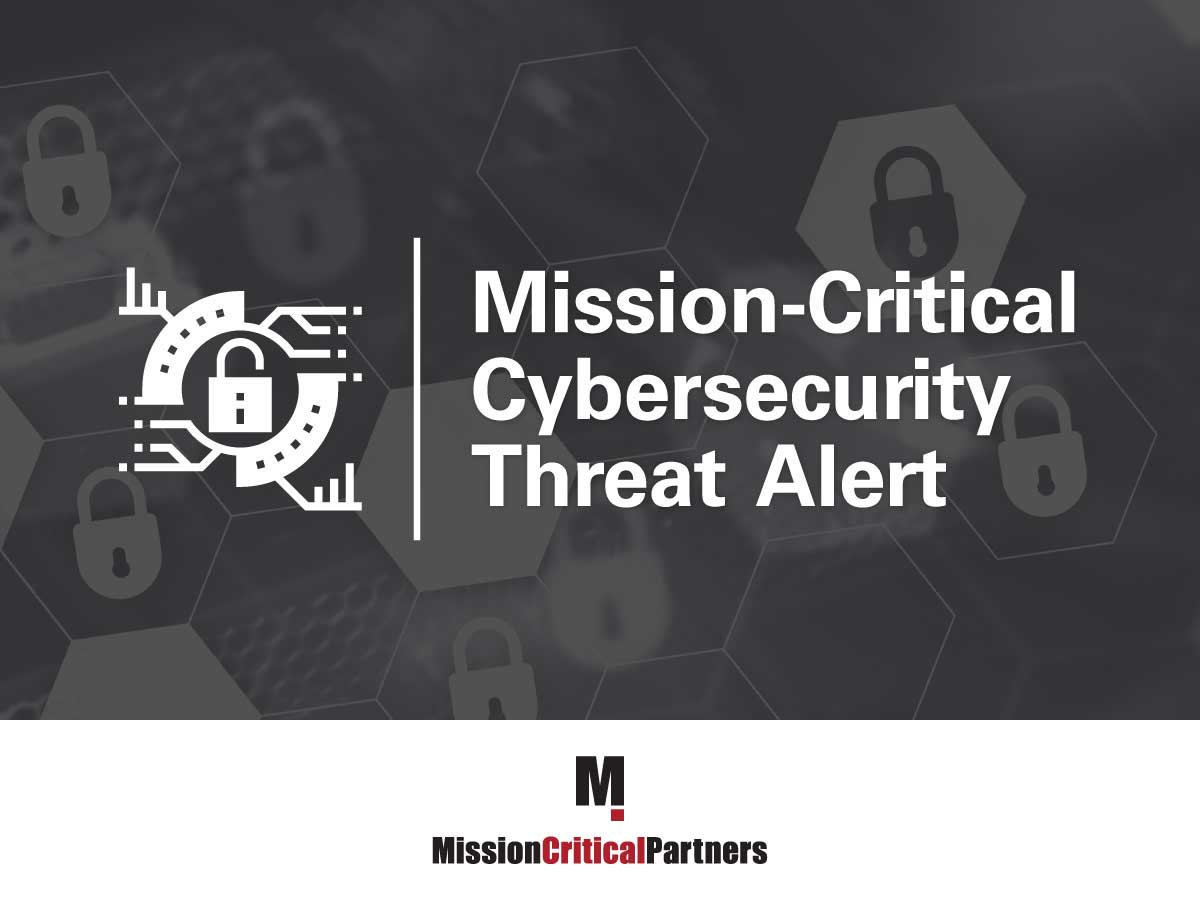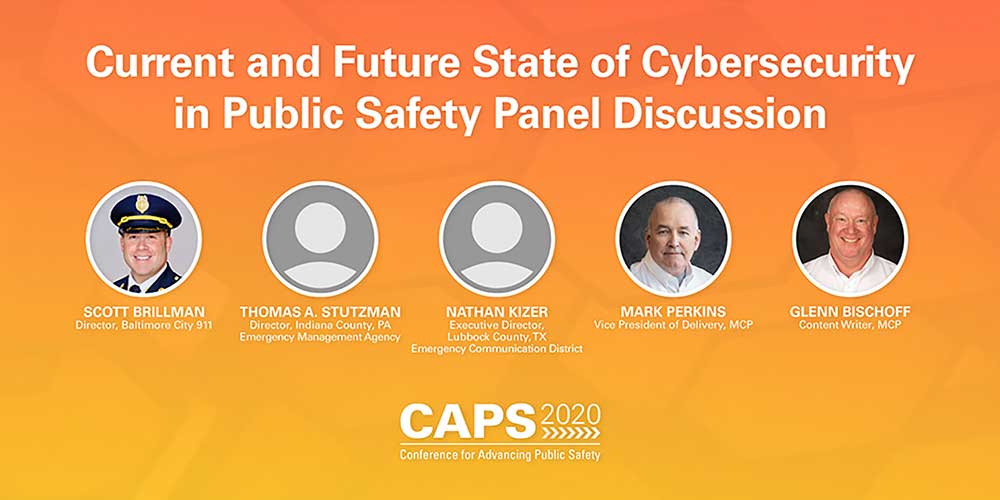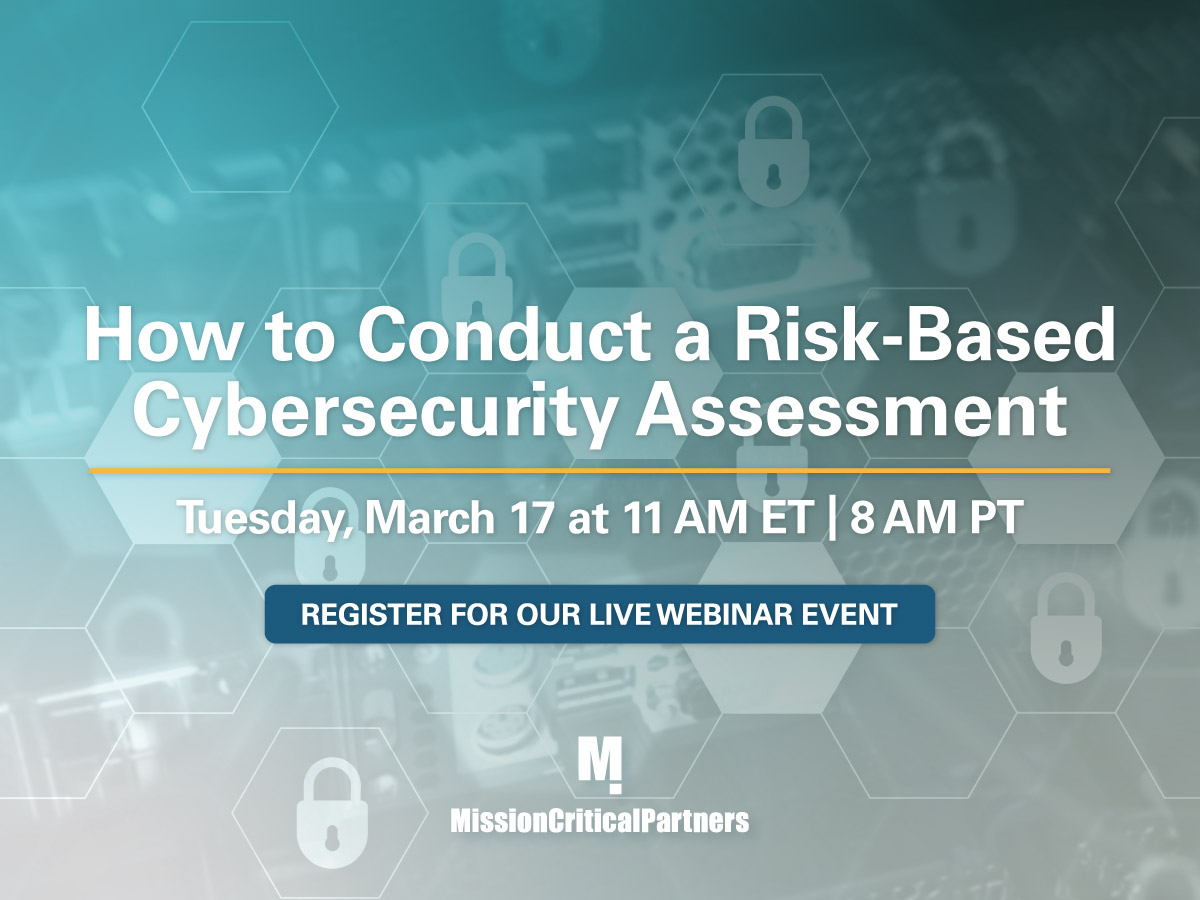How Mission-Critical Organizations Can Leverage Penetration Testing to Protect Against Cyberattacks
Amid efforts to expose cybersecurity vulnerabilities in a network before an attacker does, penetration testing, also referred to as a pen test or a white-hat attack, continues to gain momentum as a viable means to detect weaknesses in an organization’s network infrastructure.
If the term penetration testing is foreign to you, it is not as intrusive as it sounds. The objective of a penetration test is to provide information technology (IT) and system managers with critically needed intelligence regarding their organization’s security vulnerabilities. Whether the testing is performed manually or via sophisticated automation tools, it is best conducted by a third party that can use the same tools many hackers rely on. Many of these tools are widely available, arming testers with a better understanding of how they can be used to attack an organization.












